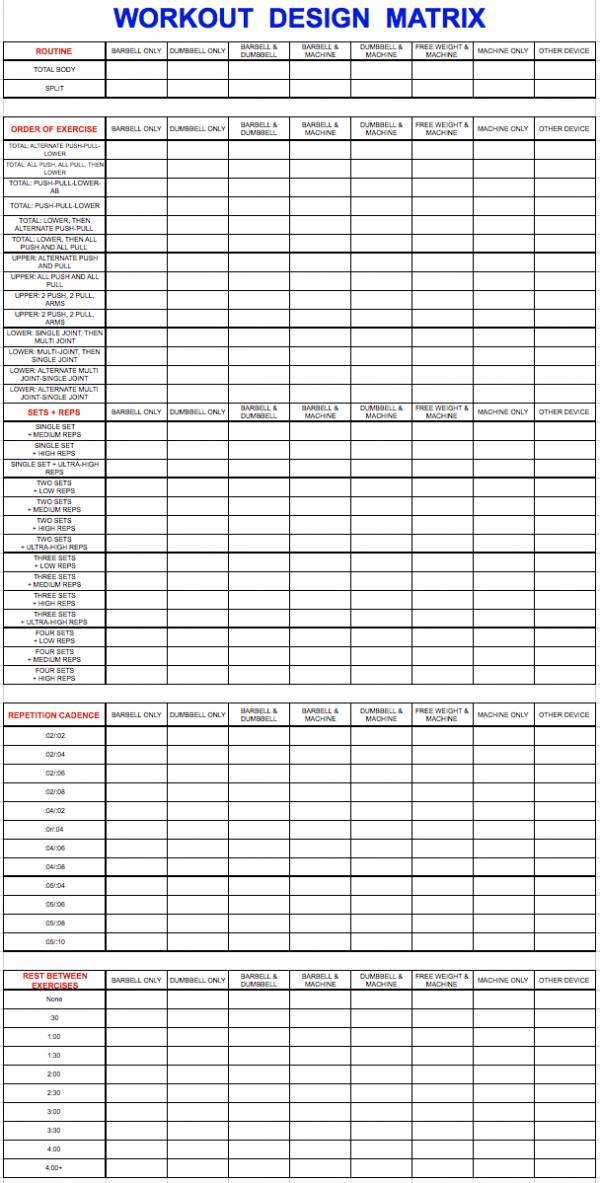There are endless ways to strength train whether you are a rookie, a seasoned veteran, or a competitive lifter. I love it. Think about the possibilities based on these common variables:
There are endless ways to strength train whether you are a rookie, a seasoned veteran, or a competitive lifter. I love it. Think about the possibilities based on these common variables:
- The enormous number of exercises you can choose from. Upper body pushing and pulling, lower body squatting, pushing, and pulling, and total body.
- The various devices used to provide the exercise overload stimulus. Barbells, dumbbells, selectorized machines, plate-loading machines, and kettlebells all work. Don’t forget sandbags, manual resistance, resistance bands, and your own bodyweight.
- Split or total-body routines. Logically split body parts and work on separate days or address the entire body in a single workout.
- The order of exercise performance. Alternate upper body pushing and pulling exercises, then address the lower body. All pushing, all pulling, then train the lower body. Alternate a pushing, pulling, lower body, and abdominal exercise over three to four sequences.
- The various numbers of sets that can be performed each exercise. Single or multiple sets used within reason.
- The various numbers of repetitions that can be performed for each exercise. Use low (3 to 6), moderate (8 to 12), high (14 to 20), and ultra-high reps (20+).
- The various repetition cadences possible. :02 concentric (raising of the resistance) and :04 eccentric (lowering of the resistance), :04 concentric and :08 eccentric, or endless other combinations.
- The various between-set rest periods. Minimal rest, :30, 2:00, or even 4:00+ for some situations.
Click Here to Download the Workout Design Matrix Chart
As you can see, many possibilities exist when constructing workouts. There are thousands of combinations of the aforementioned variables. The beauty of that is you can design workouts to not only fit your goals but also have virtually endless variety in doing so.
Here are two options based on all the variables that go into designing strength-training workouts:
Total Body Workout
- Combination of free weight and machine exercises
- Alternate an upper body push, upper body pull, lower body multi-joint, and abdominal exercise
- Three sets per exercise
- Medium repetitions (8 to 12)
- :02 raising and :03 lowering repetition cadence
- 1:30 rest between exercises
Split Routine – Upper Body Workout
- Combination of dumbbell and machine exercises
- All push, then all pull exercises
- Two sets per exercise
- High repetitions (14 to 18)
- :02 raising and :04 lowering repetition cadence
- 2:00 rest between exercises
Workout Design Matrix Chart
The following workout design matrix chart can be used to design strength-training workouts. Using a combination of the variables within the matrix charts offers an unlimited number of potential workouts based on your goals. Click here to download a version you can use.







